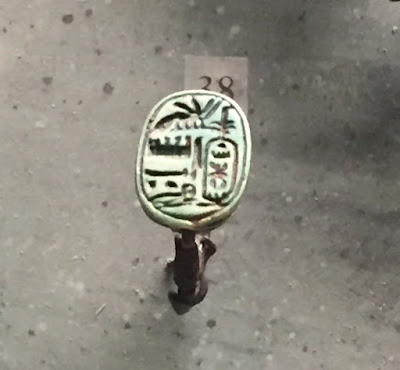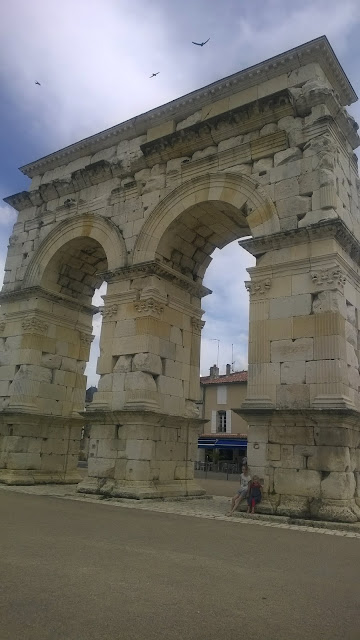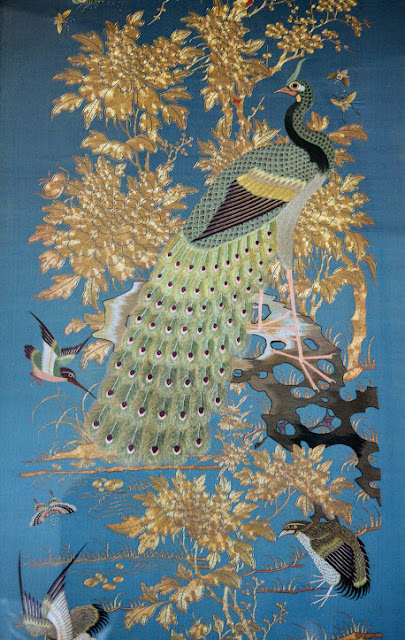Observation is one of the cornerstones of any good scientific process. All good scientists know they need to look closely at things to work out how they work or notice minute changes if they're conducting an experiment. They have learnt how to be observant.
"Observation is essential in science. Scientists use observation
to collect and record data, which enables them to construct and then
test hypotheses and theories." (Science Learning Hub)
Today I'd like to share with you one way we've been fostering observance in our home education through natural sciences. Many children have a natural interest in the outdoors, in nature and animals. Fostering this interest and using it to encourage careful observation is an excellent way to encourage your children's scientific tendencies.
What this means for us is many different things. It may be spending time by the riverside or at the beach. It might be leaf collecting or painting tulips, going bird watching or star gazing. All these activities cultivate not only great observation skills but our children's sense of wonder.
The activity I'd like to share today is botanical drawing. That sounds fancy but round here it mostly means taking time to draw, colour and paint plants and flowers.
Supplies
- Nature journal or paper. We like water colour weight paper best either in notebooks or loose leafed. We also love water colour postcards.
- Drawing pencils
- Coloured pencils or felt tip pens or watercolour paints. The latter are our favourites because we're big fans of botanical books and they're often illustrated with watercolours.*
- A frame or things to mark out a square (we used four barbecue skewers)
Method 1 Nature Trail
- Take turns to be the guide. The first guide leads everyone to a plant or flower of their choice.
- Everyone draws the flower or plant.
- Take time to observe the details, the shapes of the leaves or petals.
- Add colour.
- Once everyone has finished, the next guide leads them to a new flower or plant.
Observing and drawing flora and fauna has been part of education for centuries. Keep your eyes peeled for examples in old books, on postcards and tea towels. Or in Cecily Mary Barker's delightful and accurate Flower Fairies Books.
This activity encourages children through art to explore flora and fauna. Drawing activates our observational skills in a different way to photography for example or using words.
Method 2 Make a Scientific Record of a Designated Space
- Someone picks a spot (on the grass, in the soil, on the forest floor...). Place your frame on the ground.
- Record what you can see in the frame in a drawing.
- Add colour if you wish.
- This can be repeated in as many locations as you wish.
This activity is actually very similar to what botanists do out in the field. They make Plant Surveys. They do it to find out how many of a particular species is present in a particular
place or to discover the distribution and populations of many plants in a
particular place.
In our version the emphasis is on observing what's there and finding a way to record it. So far we haven't explored the idea of trying to tabulate this in a graph or table.
To extend this activity, grid your frame so you can be even more precise about distribution and use graph paper to make an even more accurate representation.
Be Observant Together
Children of all ages can enjoy botanical drawing. The important thing is that whichever activity you pick to do, make sure you do it with your children. Seeing you observing and drawing is the best encouragement there is!
*Matt Sewell is one of our favourite illustrators. We love his gentle water colours which make the birds seem so vivid.
We study a lot of history. Noah (8) is history mad and I come from a family that's always liked this subject. I love watching history documentaries and reading history books. And when I wrote this piece about Fun Educational History Activities I shared many of the other things we do to keep history interesting. Today however I'd like to tell you how field trips are one great way to make sure History is fun for your kids.
Field trips for me are quite unlike the other tools in the educational arsenal. They have the power to be really memorable experiences that stay with us long after we've stopped studying whichever period of history prompted them. Memorable visits for me included Tintern Abbey, Falaise Castle in Normandy and a local WWI memorial.
However, despite how fun and interesting history field trips can be it's important to follow a few principles if you want them to turn out that way. Here's my take on the best way to make sure your history inspired visits make sure history is fun!
One - Don't do too much
As adults particularly if we've travelled far like for example when we're on holiday, we want to try and cram in as much as possible. But this is the opposite of best practice with kids.
When we ask our kids whether on family or school trips to visit too many museums, memorials or Cathedrals (mum?) in one go these visits can have the opposite effect to the one we're aiming for. Yes, for kids visiting more than one site in a day or all the Normandy beaches in a week is nearly always too much.
Instead take time to really discover and appreciate one place. And make sure you leave time in the day for fun stuff like playing at the beach, swimming in the pool or just running around at the campsite. Kids are way more likely to enjoy themselves if they know their favourite activities haven't been forgotten.
Two - Don't stay too long
Just like golden rule number one, this one is really important. We all know what it's like you feel like you've barely got there and the kids are already asking if it's time to go home, to the beach, for an ice-cream etc etc.
This can be really frustrating for us adults who'd really like to see that fourteenth century tapestry on the top floor with its original stitching details! But remember, go past their enthusiasm point and they'll be left with a bad taste in their mouths.
We're not saying it's okay to leave after five minutes but be realistic about how long is long enough for you children given their age and level of interest in the site. And if you'd really like to stay longer than try some of the following tips to make them want to stay longer too!
Three - Plan the trip ahead
Okay, so this isn't always possible, sometimes you stumble on a hidden treasure, something unexpected. That's okay those can be discoveries. However, on the whole I've found a bit of planning can go a long way.
Mostly this means, talking to the kids enthusiastically about the places we're going to visit. Recently however we planned a Louvre visit by getting a book about the museum from the library and picking out ancient artifacts we wanted to see.
Last year for our trip around the Loire valley, I went as far as making a personalised guide book for all the kids in the party. This included photos and brief descriptions of all the castles we intended to visit. Beforehand I'd spent time researching each monument to make sure I privileged the most interesting ones for kids. Which leads me to my next tip.
Four - Pick sites which cater to kids
Many historical monuments now offer activities for children. These range from workshops to discovery trails and worksheets. I can't emphasize how worthwhile it is to make the most of these resources.
Planning on an abbey? Pick Fontevraud if it still has its amazing toy car racecourse! Visiting a castle? Pick one that has dress-up clothes to put on or sword fighting to watch. Going to a roman monument? Remember to do what I did last week in Saintes and ask if they have anything for kids. They did, a great little workbook about amphitheatres and gladiators. What about a guided tour just for kids? These can be really fun like the one we did in Langeais where an actress dressed up as Queen Anne of Brittany to guide them round her 'home'.
Kids love getting stuck into these kinds of activities and they can really help you get that longer visit you were hoping for! To find out what a specific site has to offer, consult their web page or ring them up. Lots of sites really do offer fantastic activities.
Five - Let them loose with a camera
Okay so maybe not your super expensive dslr! But kids love taking pictures and through the lens they'll often spend a lot more time looking at details than they otherwise would. Here our some of our kids photos!
So to sum it up, plan your visits, pick places that have thought about how to make their visit fun for kids, only do one site in a day and not too many visits in a small space of time and don't stay too long! Oh and if your kids are anything like mine it usually helps if the site has a shop and a small amount of spending money is made available to cover costs 😃 !
Last week Frank and I celebrated our ten year wedding anniversary. As we got married after ten years together it was also a twentieth anniversary celebration. We wanted to do something special so that we'd remember the day for a long time to come.
It got me thinking about how we make our special occasions stand out. How do we create moments of magic? How do we make great family memories?
Following on from my previous post Learning all the Time, on Thursday we decided to go somewhere new, to visit a place we've never been. Like this we felt this time spent together would be different.
The place we chose very last minute, was the Ile de Berder, a tiny island in the Golf du Morbihan (the little sea) which is only accessible at low tide. We checked the tide info and lucky for us the times fit, we would have an hour and a half on the island if we set off quickly.
We discovered a mysterious, quiet paradise full of amazing trees, beaches, shells and views. We were all quiet as we walked around the island marveling at the beauty we found and feeling privileged to be there.
Afterwards we all talked excitedly about going back, exploring the wreck we saw, finding more oysters and having more time to spend on the beach. It felt as if we'd made an amazing discovery. Doing something new, something we'd wanted to do for a while but never seemed to find the time for really did make our day special.


































